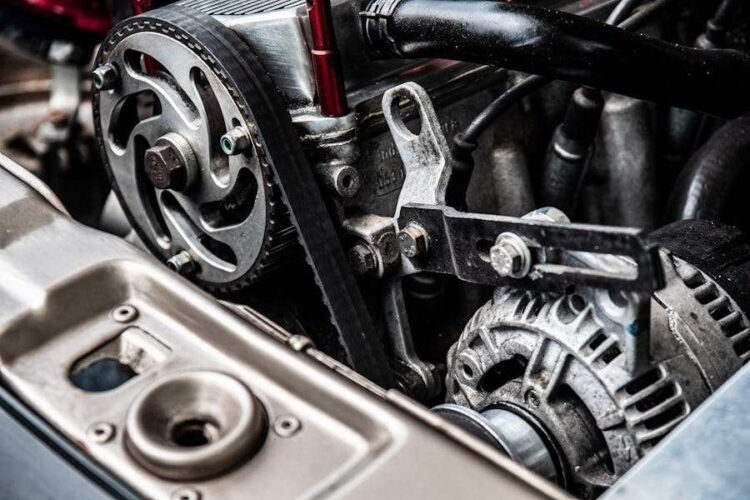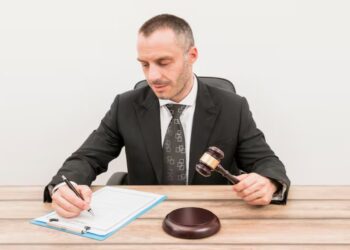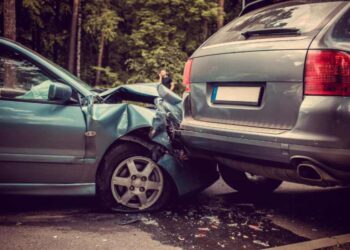In today’s fast-paced world, cars are an essential part of our daily lives. However, what happens when the very vehicle we rely on for transportation becomes a source of danger? Imagine cruising down the highway, only to find yourself in an unexpected collision caused by a malfunctioning car part. Unfortunately, this scenario is not uncommon. Defective car parts can lead to serious accidents, resulting in injuries, damages, and even fatalities.
Understanding the implications of defective car parts is crucial for every driver. In this article, we’ll take a close look at defective car parts legal claims, exploring their causes, legal options, and ways to seek justice. So buckle up as we dive into this important topic.
Understanding Defective Car Parts
Defective car parts come in various forms, ranging from faulty brakes to malfunctioning airbags and steering systems. These defects can stem from errors in manufacturing, flaws in design, or a failure to warn consumers about known risks. According to the Los Angeles automotive liability attorneys at PSR, identifying the type of defect is essential in determining liability and seeking compensation for damages.
When considering legal action for a defective car part, several factors must be taken into account. Firstly, the severity of the accident and resulting injuries play a significant role. Clear evidence linking the accident to the defective part is crucial for building a strong case. Additionally, proving that the defect existed before the accident and was not caused by improper maintenance is essential.
Moreover, individuals should be aware of the potential financial burdens and emotional challenges involved in litigation. Pursuing legal action against a car manufacturer or other responsible parties can be a lengthy and complex process. However, with the right legal guidance and support, victims of defective car parts can seek justice and obtain the compensation they deserve.
When To Consider Legal Action
The legal process involved in pursuing a claim for a defective car part is multifaceted and requires careful navigation. It typically begins with a consultation with a lawyer specializing in product liability cases. During this initial meeting, the attorney will review the details of the accident, assess the evidence, and determine the viability of the case.
Following the consultation, the next step is the investigation phase. This involves gathering evidence to support the claim, which may include accident reports, repair records, and expert witness testimony. The goal is to establish a clear link between the accident and the defective car part, demonstrating the manufacturer’s liability.
Once sufficient evidence has been gathered, the lawyer will proceed with filing a lawsuit against the manufacturer or other responsible parties. This legal action aims to hold the negligent party accountable for their actions and seek compensation for the victim’s injuries and damages.
Throughout the legal process, negotiation and mediation may occur as attempts to reach a settlement outside of court. However, if a fair settlement cannot be reached, the case may proceed to trial, where a judge or jury will make a final decision.
It’s essential for individuals pursuing a claim for a defective car part to have experienced legal representation. A skilled attorney will understand the nuances of product liability law, advocate for the client’s rights, and work tirelessly to achieve a favorable outcome.
Potential Compensation
Potential compensation for victims of accidents caused by defective car parts can vary depending on the circumstances of the case and the extent of the injuries and damages incurred. In successful legal claims, several types of compensation may be recoverable to help address the financial and emotional burdens experienced by the victim:
Medical Expenses: This includes past and future medical bills related to treating injuries resulting from the accident. It covers costs such as hospitalization, surgeries, rehabilitation, medication, therapy, and medical equipment.
Lost Wages and Earning Capacity: Victims may be entitled to compensation for income lost due to their injuries, including missed work time during recovery. Additionally, if the injuries result in long-term disability or reduced earning capacity, compensation may be awarded for future lost wages.
Property Damage: Damages to the vehicle caused by the accident, including repair or replacement costs, are typically covered. This ensures that victims are reimbursed for the financial losses associated with vehicle damage.
Pain and Suffering: Compensation may be awarded for the physical pain, emotional distress, and mental anguish experienced as a result of the accident and resulting injuries. This type of compensation acknowledges the non-economic impact of the accident on the victim’s life.
Punitive Damages: In cases of particularly egregious conduct by the defendant, such as intentional misconduct or gross negligence, punitive damages may be awarded. These damages aim to punish the defendant and deter similar behavior in the future.
It’s important for victims to work closely with their legal counsel to accurately assess the damages incurred and pursue fair compensation. An experienced attorney will advocate for the victim’s rights and seek maximum compensation to help them recover from the financial and personal impacts of the accident.
Seeking Justice & Compensation
In conclusion, understanding the legal process involved in pursuing claims for injuries caused by defective car parts is crucial for victims seeking justice and compensation. By following the steps outlined in this guide, individuals affected by such accidents can navigate the complexities of the legal system with confidence and clarity.
From the initial consultation with a specialized attorney to the investigation, filing of a lawsuit, and potential trial or settlement negotiations, each stage of the legal process is aimed at achieving a favorable outcome for the victim. Throughout this journey, victims are supported by their legal representatives, who work tirelessly to advocate for their rights and interests.
Ultimately, pursuing a claim for injuries caused by defective car parts requires patience, perseverance, and the assistance of experienced legal professionals. By arming themselves with knowledge and understanding, victims can take proactive steps towards obtaining the compensation they deserve and holding responsible parties accountable for their actions.
We hope this guide has shed light on the legal process and empowered individuals to take action in the face of adversity. Remember, you are not alone in this journey, and there are resources and support available to help you every step of the way.










